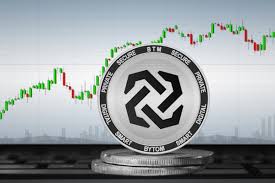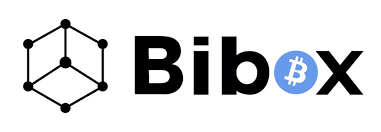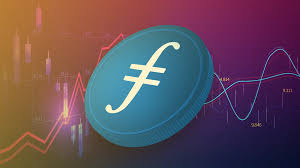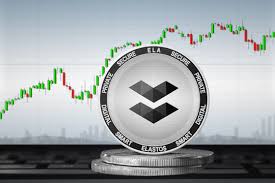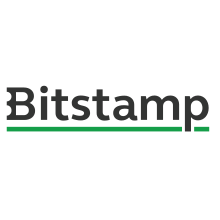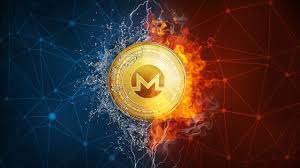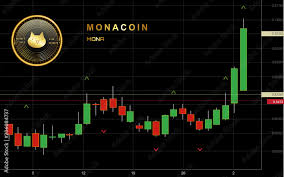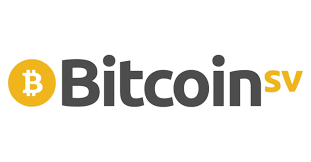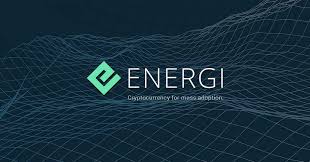The Accounting and Corporate Development Authority (ACRA) of Singapore approved the incorporation of the Bytom Foundation there. The team was established and the Bytom project was started in 2017. The Bytom white paper was initially released in 2017, and a revised version followed in 2021.

Blockchain-based asset interaction and programmable economy
A multi-bit asset interaction protocol is called Bytom (BTM). The platform attempts to link the atomic and bit worlds to encourage communication and the exchange of resources between the two realms. A varied asset and programmable economy based on blockchain technology is another goal of the Bytom platform. The economic model has been overhauled in Bytom 2.0, with a decreased total supply, decreased inflation, and increased node payouts. At the same time, Bytom 2.0 keeps broadening the applications for BTM (the company’s native token), enabling BTM to participate more actively in node elections, governance, and other situations.
Increasing BTM utility across ecosystems and integrating defi protocols
The team has incorporated the DeFi protocol of Byte assets to service the new Bytom platform and maximize the effectiveness of asset circulation. Significant advancements have been achieved in the model layer, consensus layer, and contract layer, significantly enhancing the economic security and network security risk resistance of the whole blockchain. Owners of BTM may vote with their BTM and take part in the governance of significant matters at the Bytom 2.0 public chain layer. Users that have a particular quantity of BTM are eligible to vote for candidate nodes, and all BTM holders are eligible to participate in the consensus node election. Through cross-chain alternatives, BTM collaborates with other projects to take part in mining other public chain projects like Ethereum. The forum could think about giving some new coins to BTM staking users when the Bytom ecosystem generates new currencies. Based on the amount of Bycoin and Byone that BTM customers have in their accounts, MOV offers discounts on transaction fees for a variety of items at different levels. MOV is a cross-chain DeFi-specific, decentralized, and interoperable DeFi protocol. As a result, BTM may both borrow stablecoins or other assets and act as a collateral asset for MOV stablecoins and loan products.
Uniqueness of Bytom
By concentrating on a few distinctive qualities and functionalities, Bytom intended to distinguish itself in the blockchain industry:
Divisibility of assets
Both fungible and non-fungible assets are supported by BTM. As a result, it is capable of handling both common cryptocurrencies and tokens (fungible assets) and distinct and indivisible assets (non-fungible assets). Due to their adaptability, blockchains may be used to represent actual assets like real estate or works of art.
Interoperability
With the use of Bytom’s Sidechain Interaction Protocol (SIP), other blockchains’ assets may be represented on the BTM platform and vice versa. This compatibility encourages cooperation across various blockchain ecosystems and increases the usefulness of Bytom.
Smart contracts for assets in the real world
The capabilities of Bytom’s smart contracts go beyond only digital assets. It encompasses actual assets, allowing the development of intricate contracts and financial instruments using physical assets. BTM stands apart from many other blockchain networks with a heavy emphasis on digital assets because of this capability.
Hybrid consensus mechanism
Proof-of-stake (PoS) and proof-of-work (PoW) are combined in Bytom’s consensus algorithm. With this hybrid strategy, security, decentralization (PoW), and energy efficiency (PoS) are all balanced.
Concentration on practical applications
Bytom stands apart from platforms that are just focused on cryptocurrencies and financial transactions because of its emphasis on asset management and practical use cases. Bytom seeks to close the gap between conventional financial systems and the blockchain by enabling the administration and transfer of physical assets.
